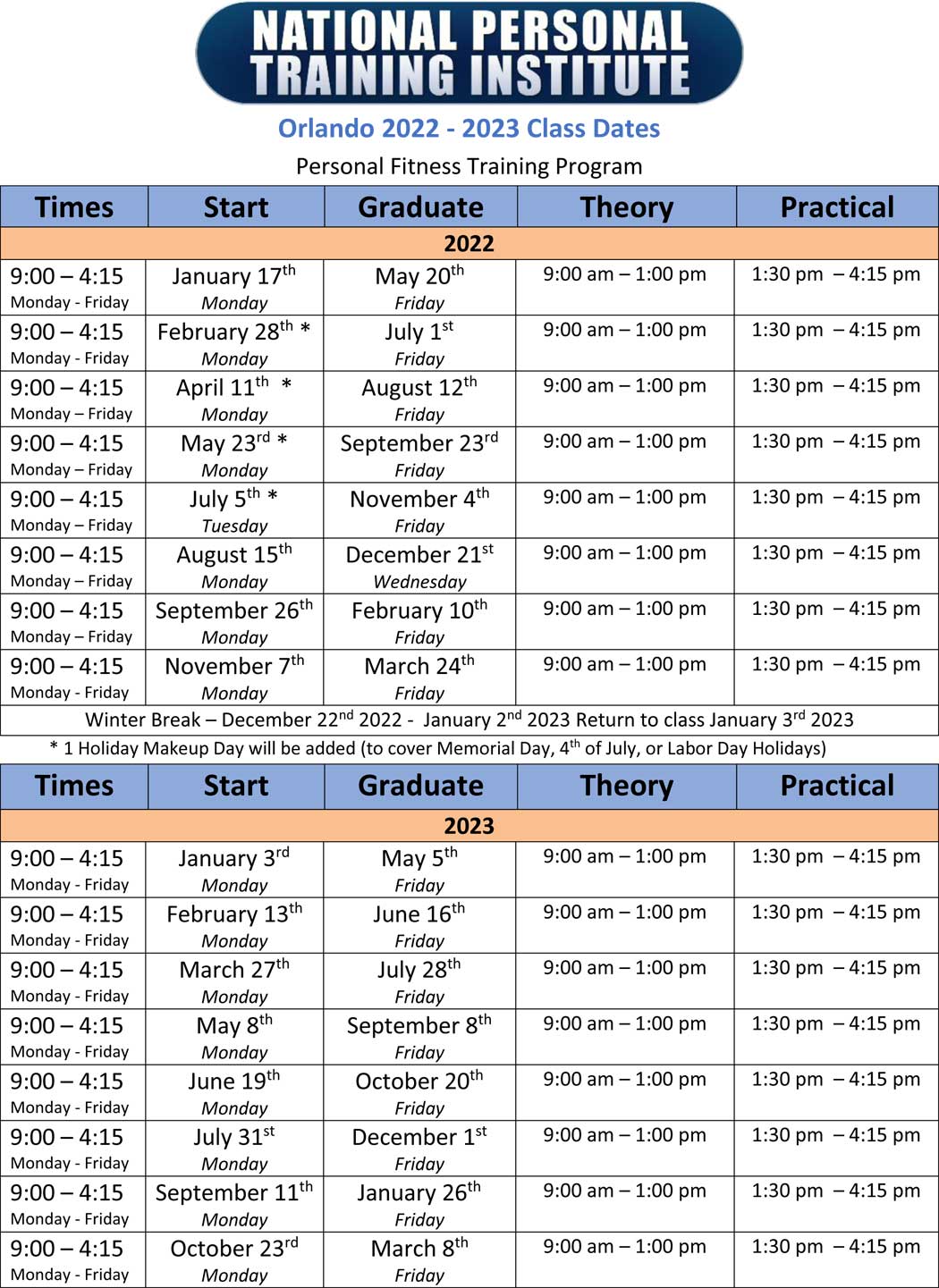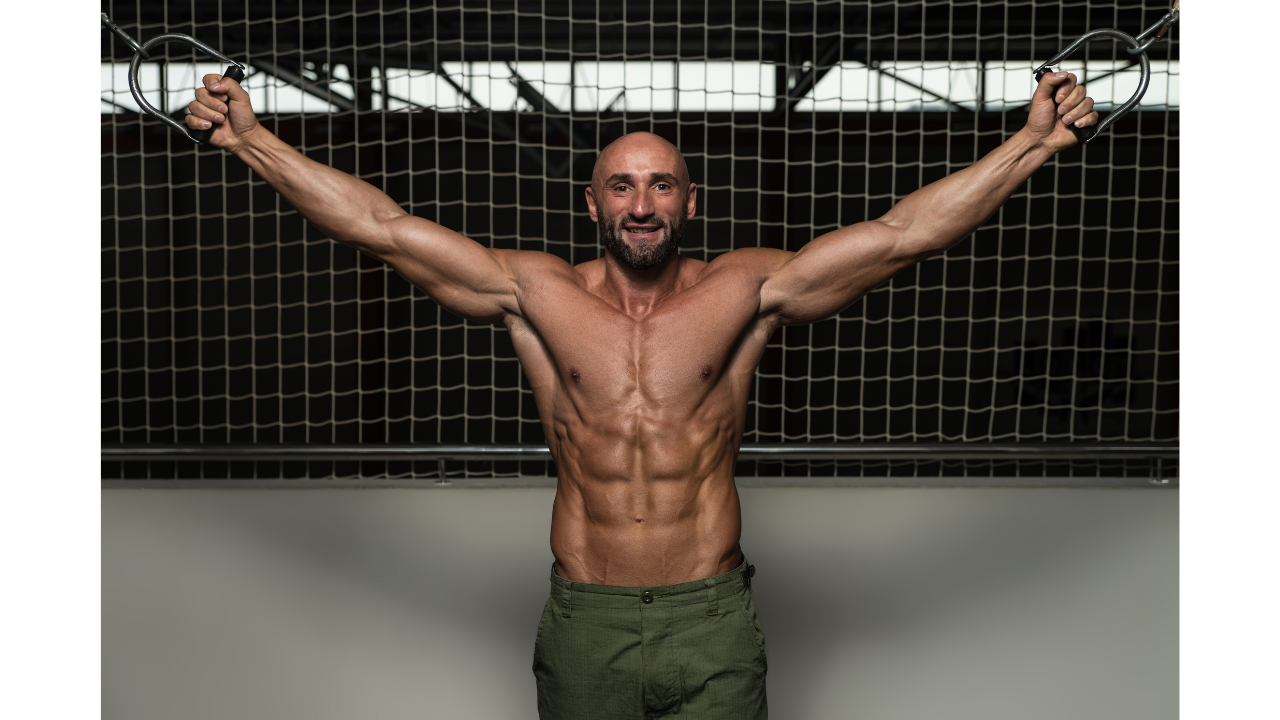
Consider becoming a professional trainer of athletes if you are looking for a job that provides financial security as well as a satisfying life. You can enjoy many great benefits from this career and the pay can often be very high. This article will cover the requirements for becoming an athletic trainer and the average annual salary for certified trainers in the U.S.
Qualifications required to become a professional athlete trainer
A recognized education program is necessary to become a professional trainer. You will need to pass a certification examination administered by the Commission on Accreditation of Athletic Training Education. There are 175 multiple-choice questions on the exam and four hours to complete it. To pass, you need a score greater than 500
A professional athletic trainer might be the right choice for you if your passion is working with people, and you enjoy exercising. A thorough understanding of human anatomy, biomechanics as well exercise is required for this field. It requires passion for the sport. For example, football players move in different ways than baseball players, so you'll have to tailor your rehabilitation and workout sessions accordingly.

You will need to have a bachelor's degree from an accredited athletic training program in order to become a professional coach. A certification exam through the Board of Certification for Athletic Trainers is required. Once you have become certified, licensure can be applied in all 50 states.
Average salary for a certified trainer in athletics
A certified athletic trainer is a skilled professional who can diagnose and treat injuries to athletes. As the population ages and more people exercise, they are more likely to sustain injuries. Athletic trainers are the first to respond in injury-prone environments. There are many opportunities for salary, but the most common annual earnings of an athletic trainer are $44,720. Salaries vary depending upon where they are located, the specialization and how many years you have worked in the field.
The average annual salary for a certified athletic trainer was $47.510 as of May 2018. This was the average annual salary for all full-time athletes trainers in the U.S. The Bureau of Labor Statistics predicts that athletic trainers will see a nearly 20% increase in their employment by 2026. Expect a rise of salaries to attract top talent due to the increased demand. Athletic trainers are also qualified to be head athletes, clinical practice administrators and physical therapists.
Average salary of a professional athletic trainer in the top ten cities in the U.S.
Athletic trainers are in high demand, especially with an increase in health-conscious citizens. Many states now require that all public high schools have a full-time, athletic trainer. These professionals can help athletes heal and prevent future injuries.

Athletic trainers can earn upwards of $44,720 per year, and the average annual wage is $38,215 for a professional with four or more years of experience. Salaries can vary greatly depending on location, industry, education, and level. Specialization can significantly increase your salary.
There are many factors that affect the average salary for a professional athlete trainer. The lowest-paid 10 percent made $31,000 or less in 2018 while the highest-paid 10 percent made more than $71,000 a year. Those with extensive experience and those who work for prestigious college and professional sports teams may earn even higher salaries. These professionals are likely to work longer hours and have frequent travel.
FAQ
What happens if there isn't enough sleep?
Lack of sleep means that your brain does not receive enough signals to regulate hormones. As a result, your body may become more hungry and can gain weight. Insufficient sleep can lead to stress, which can cause overeating.
Do I need food before I exercise?
No. No. But if you're feeling hungry after exercising, you may be tempted to snack on light foods like yogurt or fruit.
What Are Cardio Exercises?
Cardiovascular exercises are ones that make your heart and lungs work harder. These include swimming, running, bicycling or rowing. These activities increase metabolism and burn fat. These activities can help you keep fit and strengthen your heart.
Why is it important that you get enough sleep?
For a healthy lifestyle, sleep is vital. Sleep is essential for your body to recover from daily stressors and repair itself. Getting adequate sleep each night helps you to function optimally throughout the day.
What is Nutrition Good for?
Nutrition helps your body function properly by supplying all the nutrients needed for proper growth and development. To ensure that your body receives adequate nutrition, it is best to eat a balanced meal with lots of fruits and vegetables, lean protein, whole grain, as well as healthy fats.
How does caffeine impact my sleep?
Caffeine has a significant impact on how fast you fall asleep and how deep you sleep. Caffeine causes drowsiness, which makes falling asleep easier. But caffeine keeps you awake longer, making it harder to fall asleep again. Drinking coffee or energy drinks before bedtime is a bad idea.
What should I do if I'm working out?
Drinking alcohol is high in calories so it's best to not consume too much while working out. A moderate amount of alcohol, one drink per day, may be beneficial for endurance during exercise. It may also reduce fatigue and muscle aches caused by intense exercise.
Statistics
- Adolescent girls were less active than adolescent boys, with 85% vs. 78% not meeting WHO recommendations of at least 60 minutes of moderate to vigorous intensity physical activity per day. (who.int)
- One study showed that adults who watch more than 4 hours of television daily had an 80% higher risk of death from cardiovascular disease. (heart.org)
- An estimated 110,000 deaths per year could be prevented (cdc.gov)
- Globally, 81% of adolescents aged 11-17 years were insufficiently physically active in 2016. (who.int)
External Links
How To
How to Burn Belly Fats Quicker
Belly Fat is usually seen as a problem when we want to lose weight. However, Belly Fat can be beneficial if you really think about it. It's the amount of fat stored around your stomach that protects your organs from getting damaged. Let's now see how to quickly lose belly fat.
Stress and inactivity are two of the major factors that cause us to store body fat. Because stress stimulates the release of cortisol hormone, it makes us hungry all the time. Cortisol raises insulin levels. Insulin then stores excess calories as fat. Lack of sleep causes the release of adrenaline into our system, leading to increased appetite. These extra calories can be broken down by exercising.
There are many different ways to reduce bellyfat. Any one of these can be tried, depending on how much you have to spend. Here are some quick tips to get rid of belly weight.
-
Reduce the amount of food you eat. Instead of eating three large meals a day, eat smaller meals. This way, you'll consume fewer calories overall.
-
Drink plenty of fluids. Water flushes out toxins in your body and helps you stay hydrated. Drinking water before meals will help you feel fuller for longer, so you don't overeat.
-
Avoid unhealthy snacks. If you're looking for quick fixes, snack foods like chips, cookies, candies, etc. These tempting snacks might look appealing. These sweet treats can be tempting, but they are high in empty calories and sugar. Choose healthier alternatives such as whole grains, vegetables, fruits, seeds, nuts and seeds.
-
Strength training should be performed at least 3 times per week. Strength training helps build muscle mass, which means that you can burn more calories even when you are resting. It strengthens bones muscles ligaments, tendons and the heart.
-
Walking or stretching is a good habit to do regularly. Stretching helps to improve flexibility and mobility, which reduces back pain. Walking can help you burn calories.
-
Reduce alcohol intake. Your diet is empty of calories, and alcohol has no nutritional content.
-
Slowly lose weight. To lose weight, the first step is to determine what your current weight. Then, add 5% to 10% to your body weight to get your ideal weight. Once you have calculated your target weight, start reducing calorie consumption by 500-1000 calories daily until you reach your goal.
-
Avoid processed foods. These foods are high on sugar, salt, and additives. Processed foods are often very convenient but don't provide enough nutrients to keep you healthy.
-
Don't skip breakfast! Consuming breakfast increases concentration, memory and energy levels. Breakfast should contain protein (like eggs), fibre (like oats), as well as complex carbohydrates (like oatmeal).
-
Have regular bowel movements. Constipation and irregularity cause bloating and gas. Increase your fiber intake and drink lots of water.